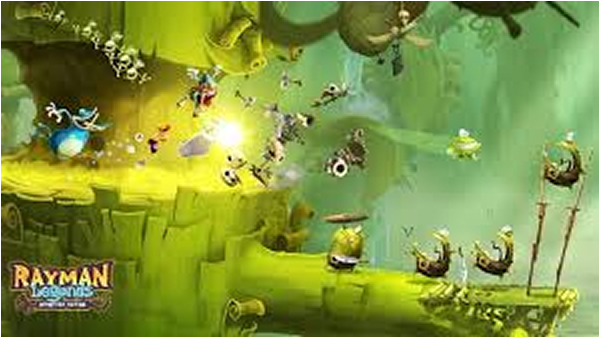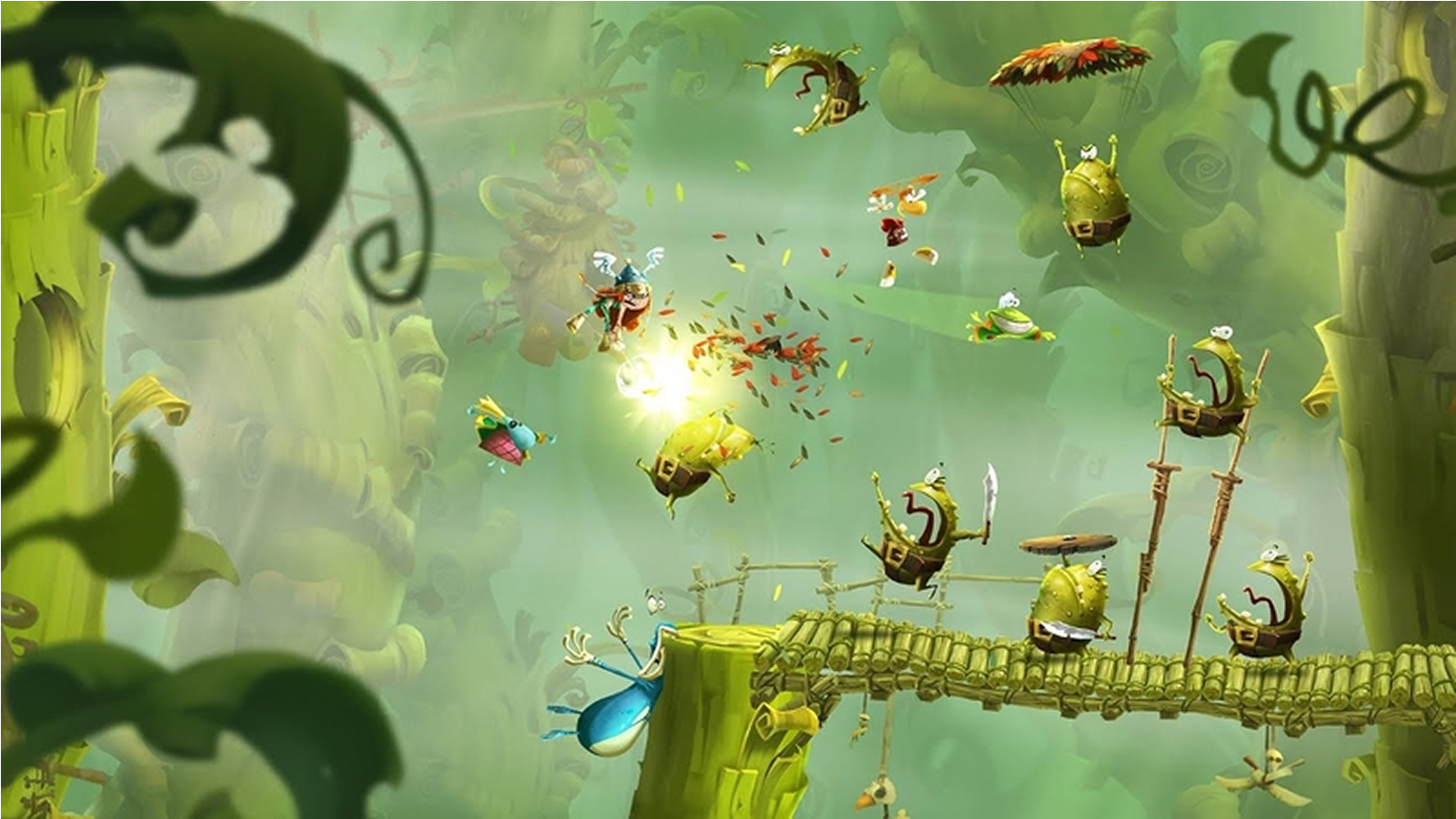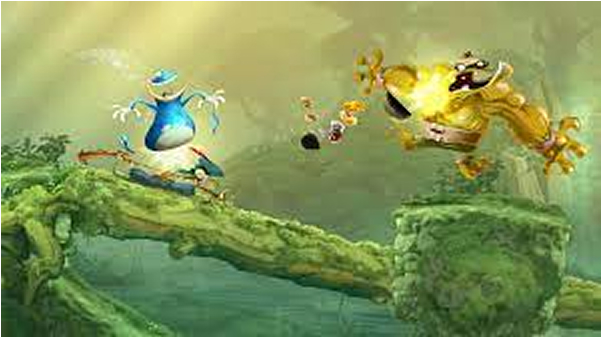Rayman



Price: £7
- Genre: Platformer
- Platform: Multiple (PlayStation, PC, Sega Saturn, etc.)
- Release Year: 1995
- Developer: Ubisoft Montpellier
- Publisher: Ubisoft
- Gameplay: Classic 2D platforming with vibrant graphics, creative levels, and unique characters.
A Limbless Legend is Born
In 1995, Ubisoft released the original Rayman — a vibrant, side-scrolling platformer that would go on to become one of the most recognizable and beloved franchises in video game history. Designed by Michel Ancel, Rayman brought a unique artistic vision to the genre, combining whimsical worlds, surreal characters, and challenging gameplay into an unforgettable adventure.
Released initially for the Atari Jaguar and later ported to PlayStation, Sega Saturn, and PC, Rayman stood out in a market increasingly dominated by 3D graphics thanks to its rich 2D animations, imaginative landscapes, and polished mechanics. It proved that the 2D platformer still had room to grow—and that sometimes, charm matters more than polygons.
Story and World
The world of Rayman is one of chaos and beauty. The game's antagonist, Mister Dark, has stolen the Great Protoon and plunged the world into imbalance. It's up to Rayman, a limbless hero with a big smile and a can-do attitude, to travel through six distinct regions to restore harmony and rescue the kidnapped Electoons.
Each environment—from the musical scales of Band Land to the lush greenery of The Dream Forest—is packed with personality. The game’s world design mixes fairy-tale charm with surreal, almost psychedelic elements, making each level feel distinct and memorable.
Gameplay and Challenge
Rayman is a classic platformer at heart but offers its own twists. Players must navigate complex levels filled with pitfalls, enemies, puzzles, and secrets. As the game progresses, Rayman gains new abilities, such as punching from a distance, hanging from ledges, and using his hair to helicopter glide—gradually expanding the player's toolkit and encouraging revisiting earlier levels.
Don’t let the cartoony visuals fool you—Rayman is notoriously difficult. Precision jumps, punishing enemies, and the necessity of backtracking to collect every Electoon in order to access the final level make for a steep learning curve. Yet, for many players, that challenge only enhanced the satisfaction of progressing through the game.
Visuals and Sound
Rayman’s graphics were a technical marvel for 1995. Hand-drawn sprites and backgrounds burst with color, animation, and charm. The fluidity of the character movement and the expressiveness of Rayman’s actions helped establish him as a gaming icon.
The soundtrack, composed by Rémi Gazel, perfectly complemented the game’s aesthetic. From dreamy melodies to bouncy, energetic tracks, the music underscored each level’s unique mood while reinforcing the game’s quirky tone.
Legacy
Rayman was a commercial success and became Ubisoft’s flagship platformer for decades to come. It spawned numerous sequels—including 3D iterations like Rayman 2: The Great Escape—as well as spin-offs like the frenetic Raving Rabbids series.
More than just the first in a long-running franchise, the original Rayman is still remembered for its bold art direction, inventive level design, and the sheer joy it brought to players. In a world shifting toward 3D gaming, Rayman proved that 2D wasn’t dead—it was just getting started.